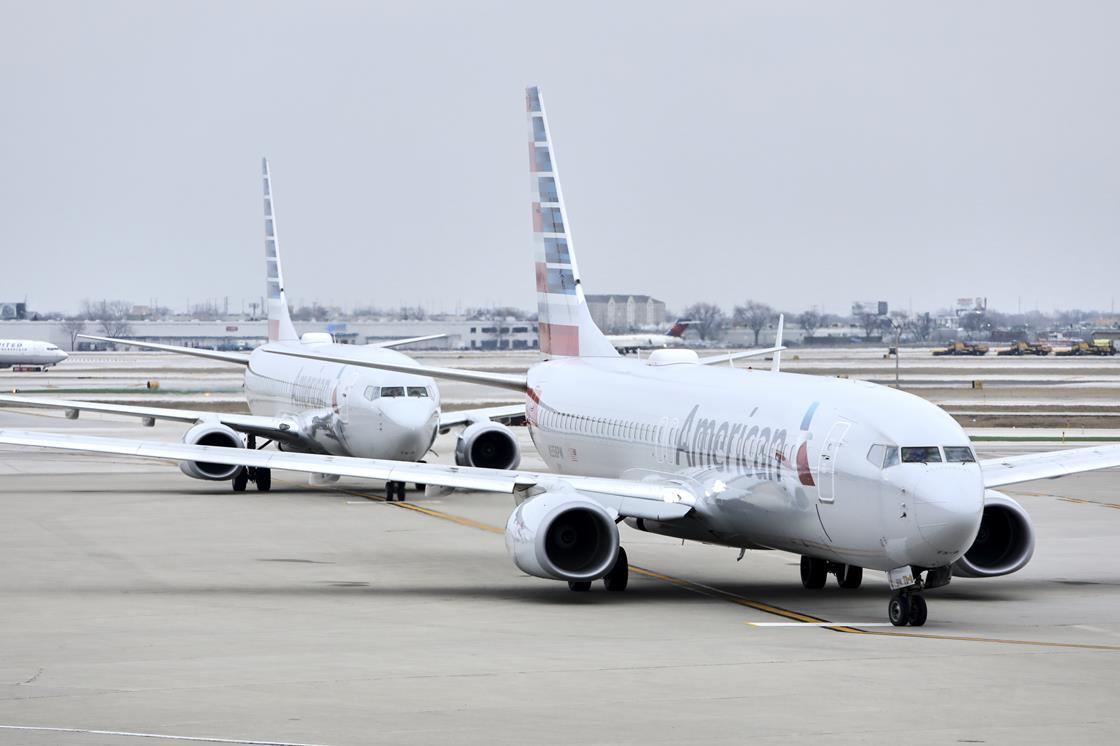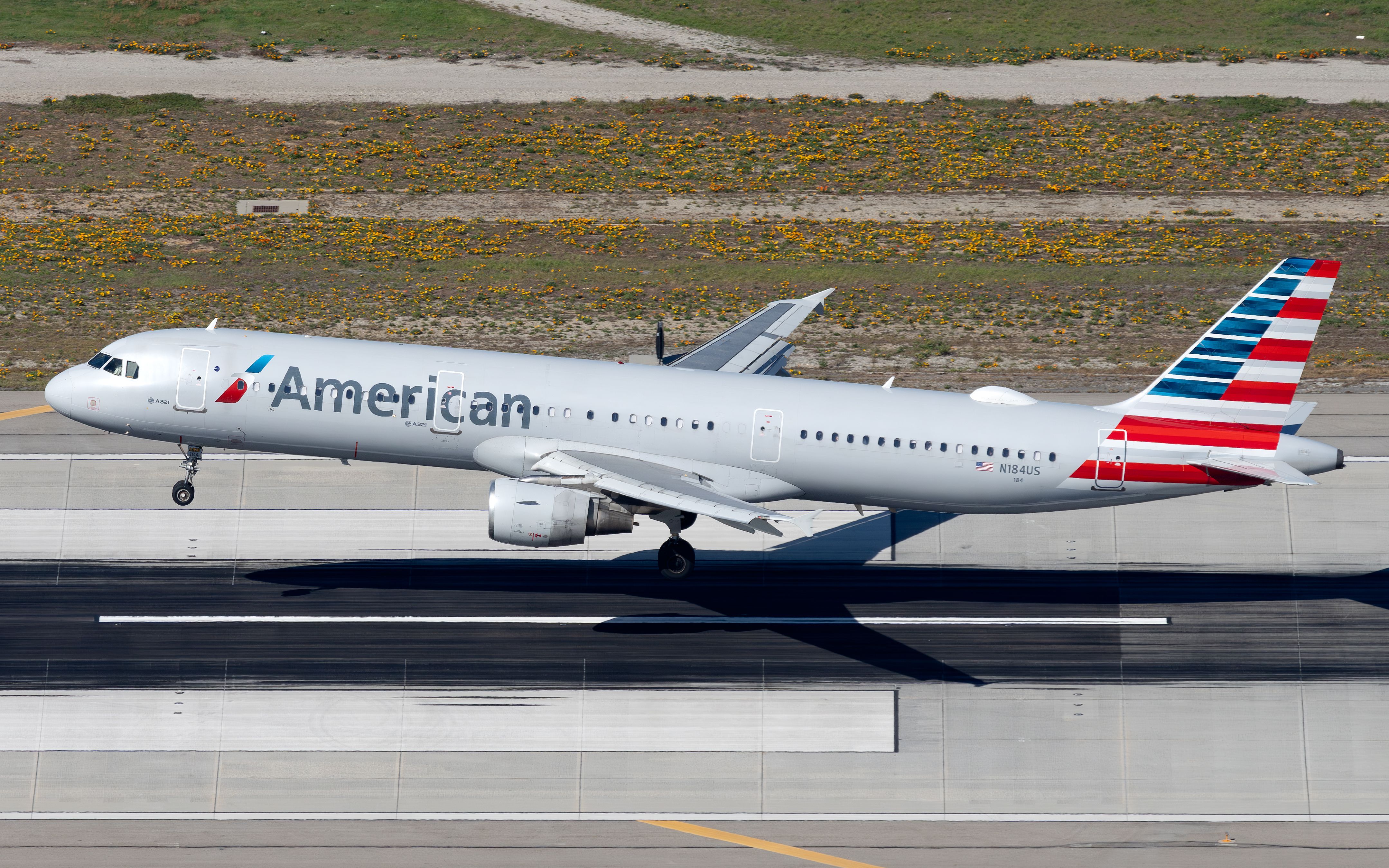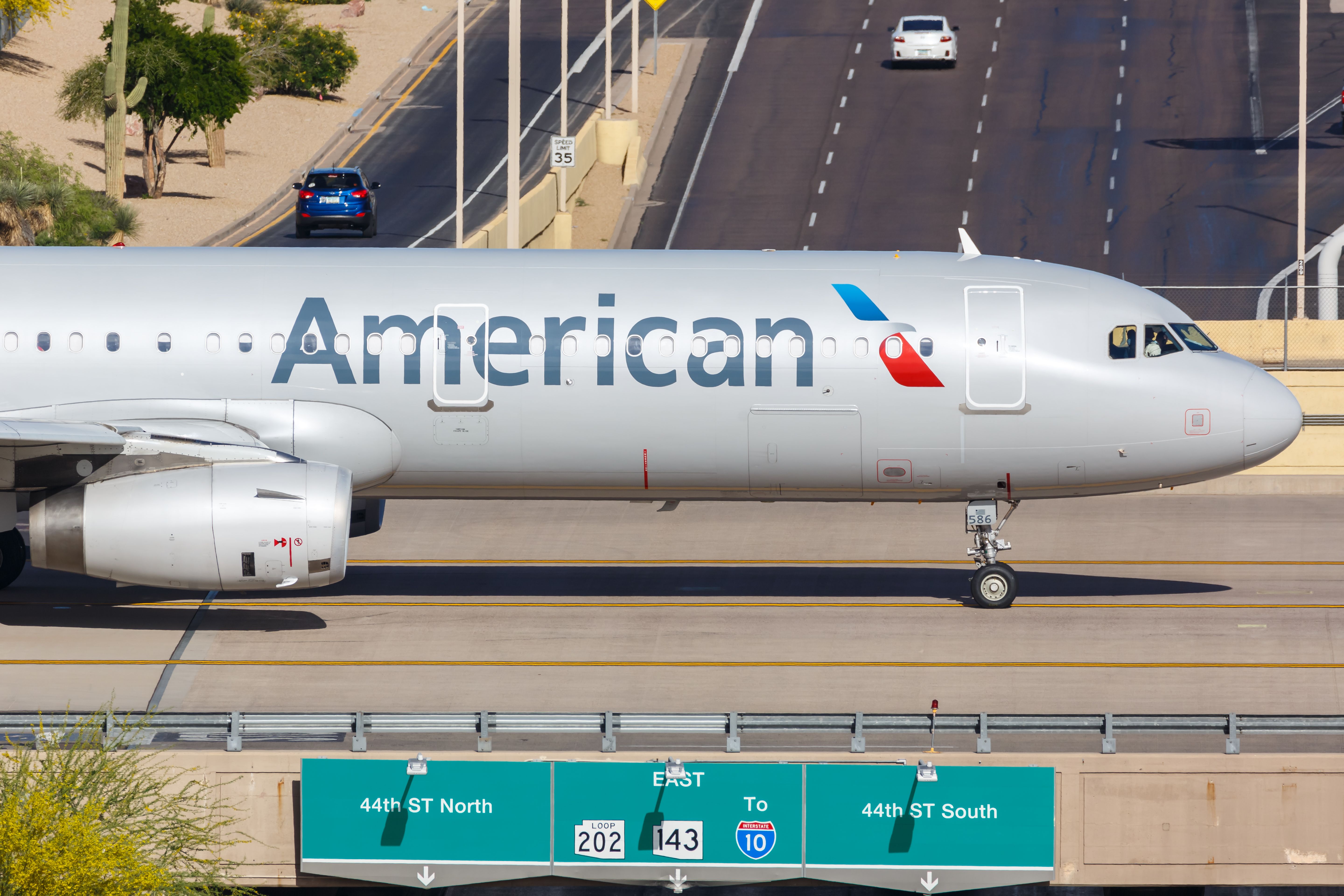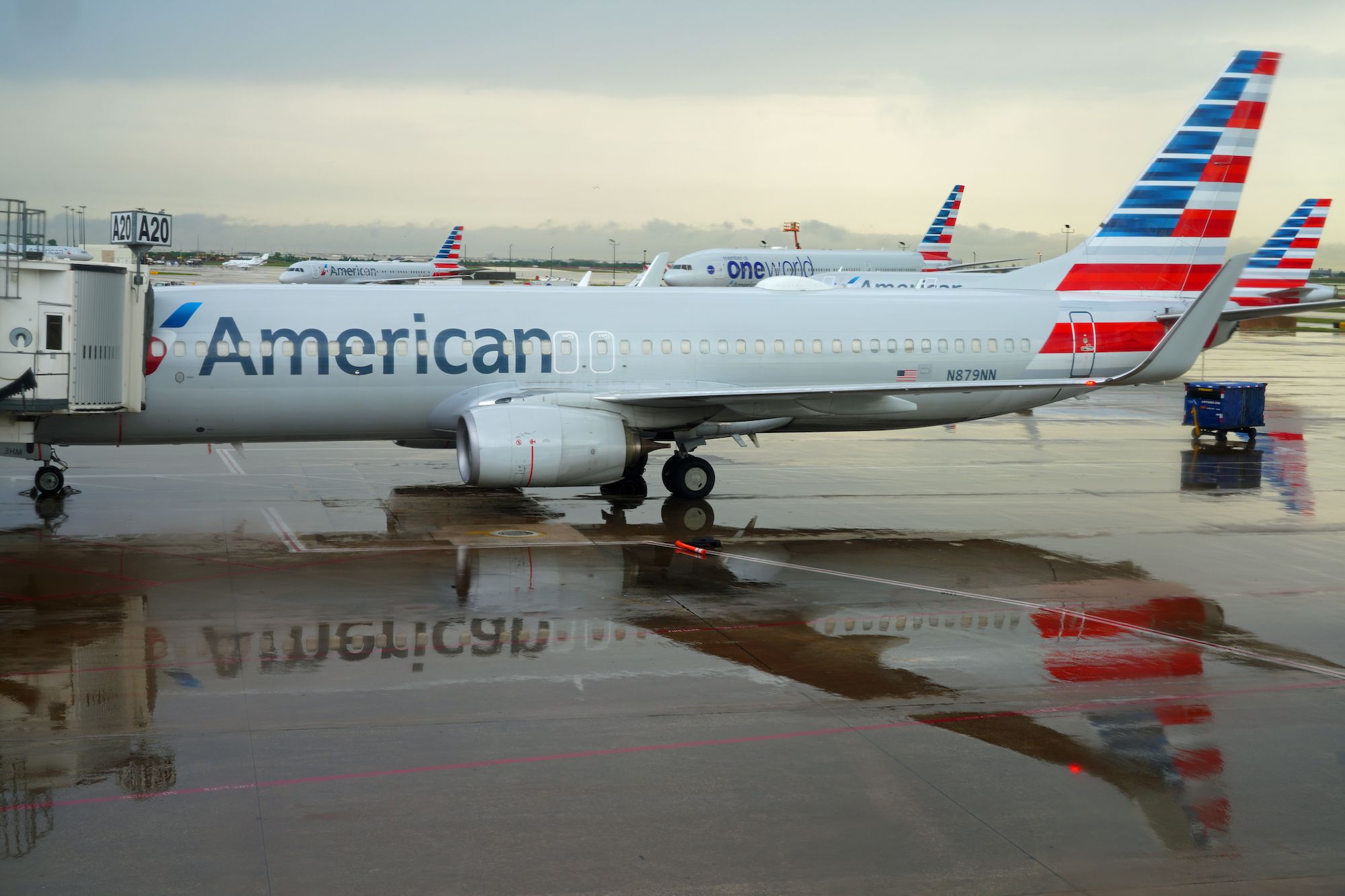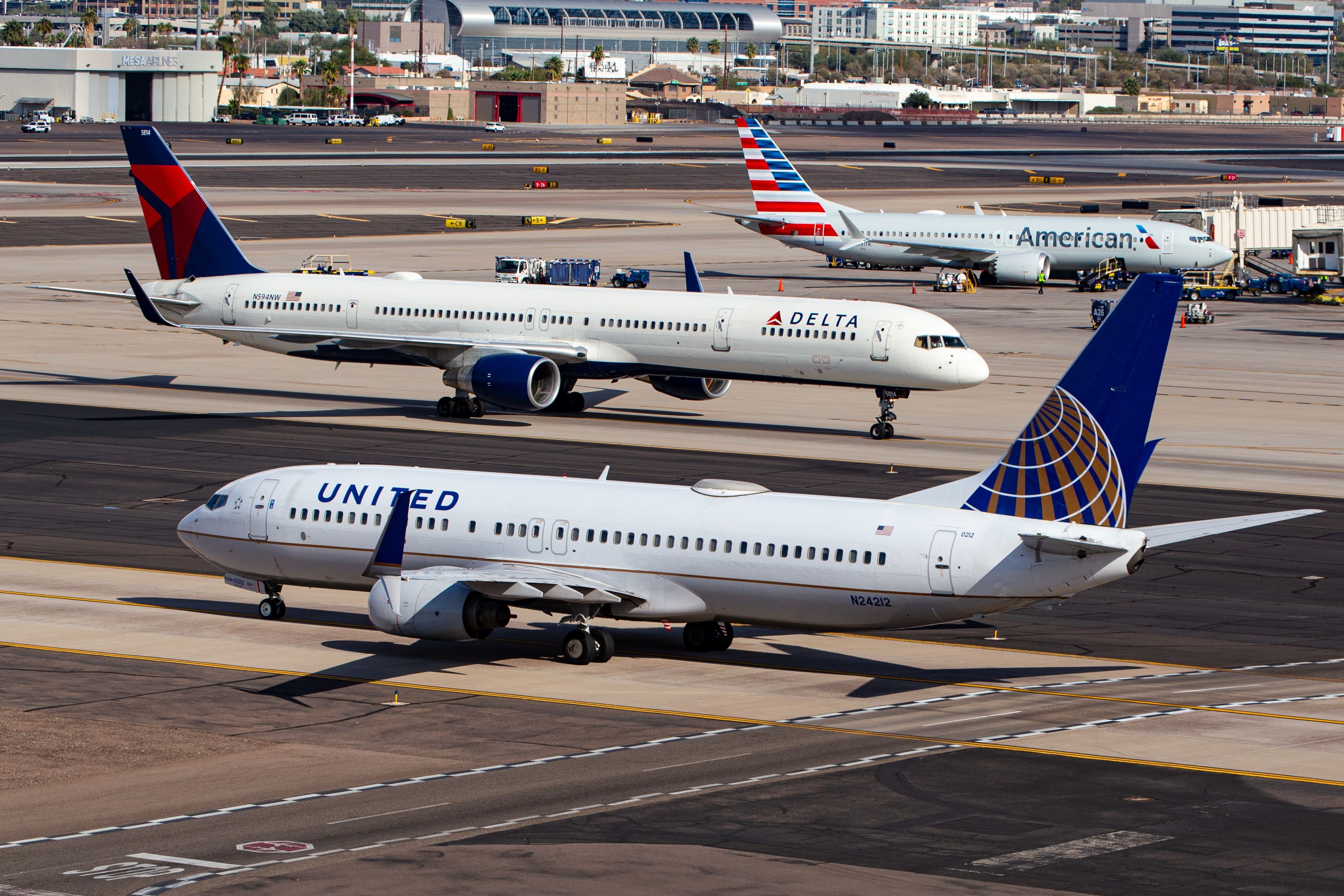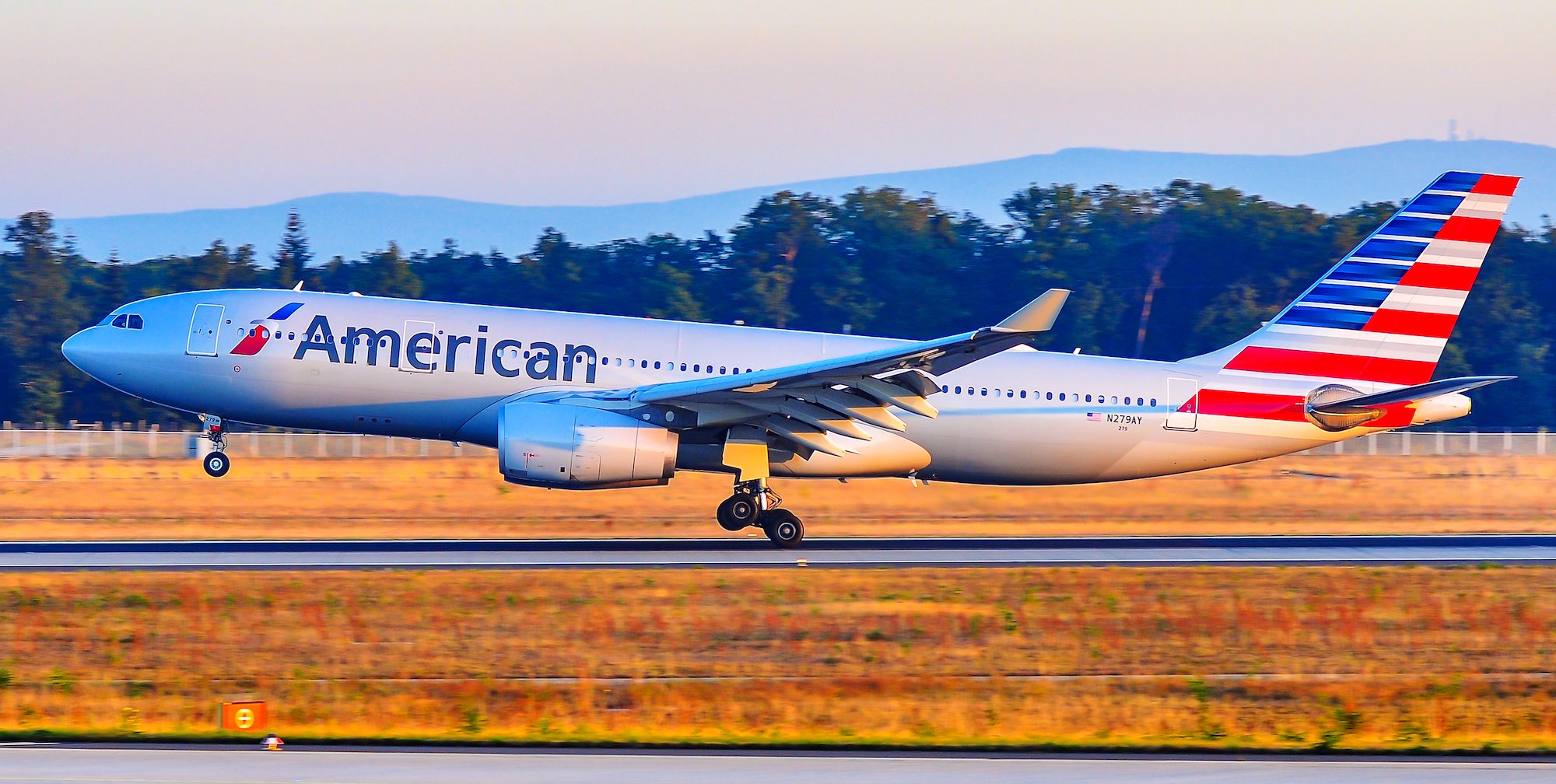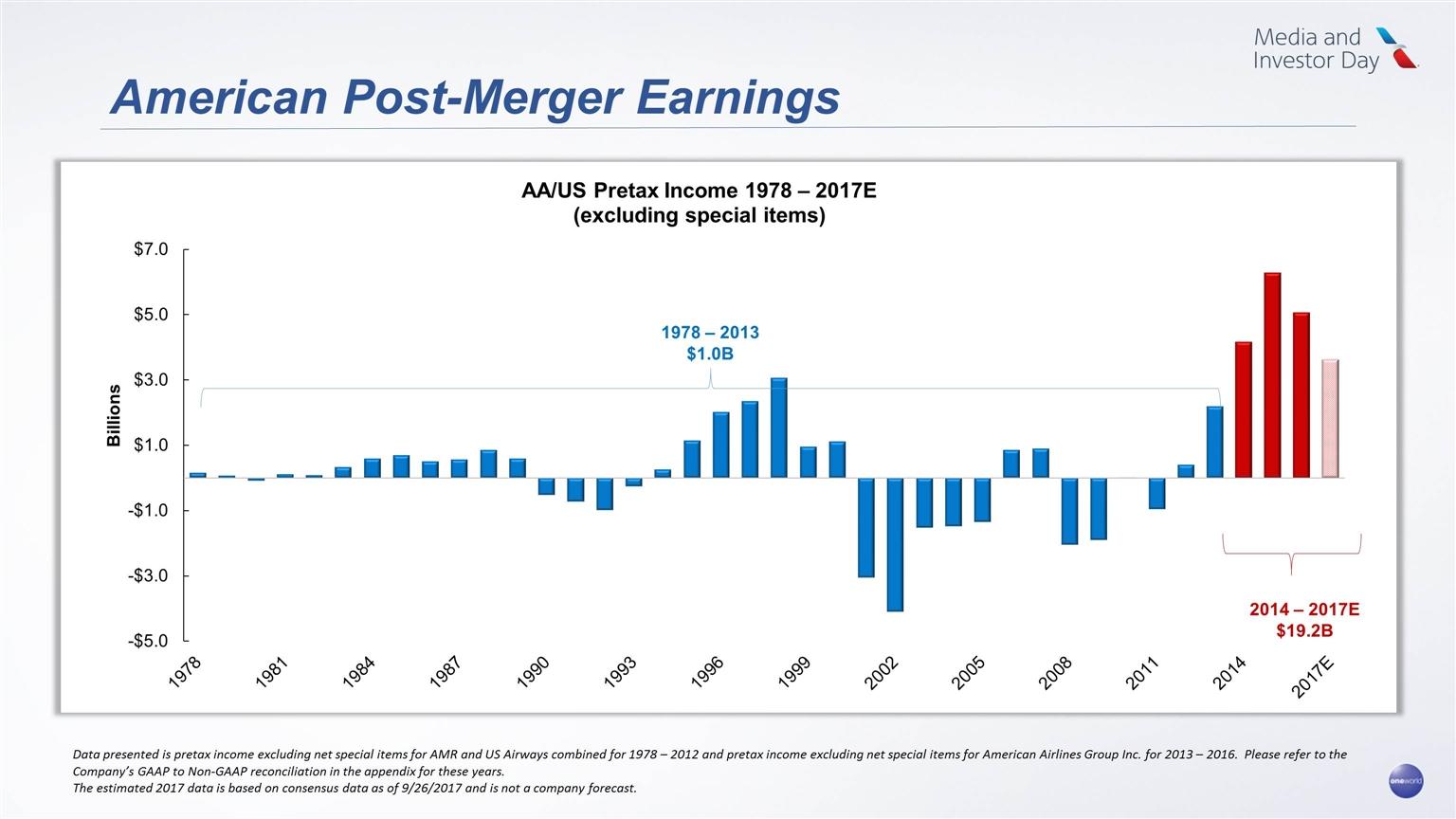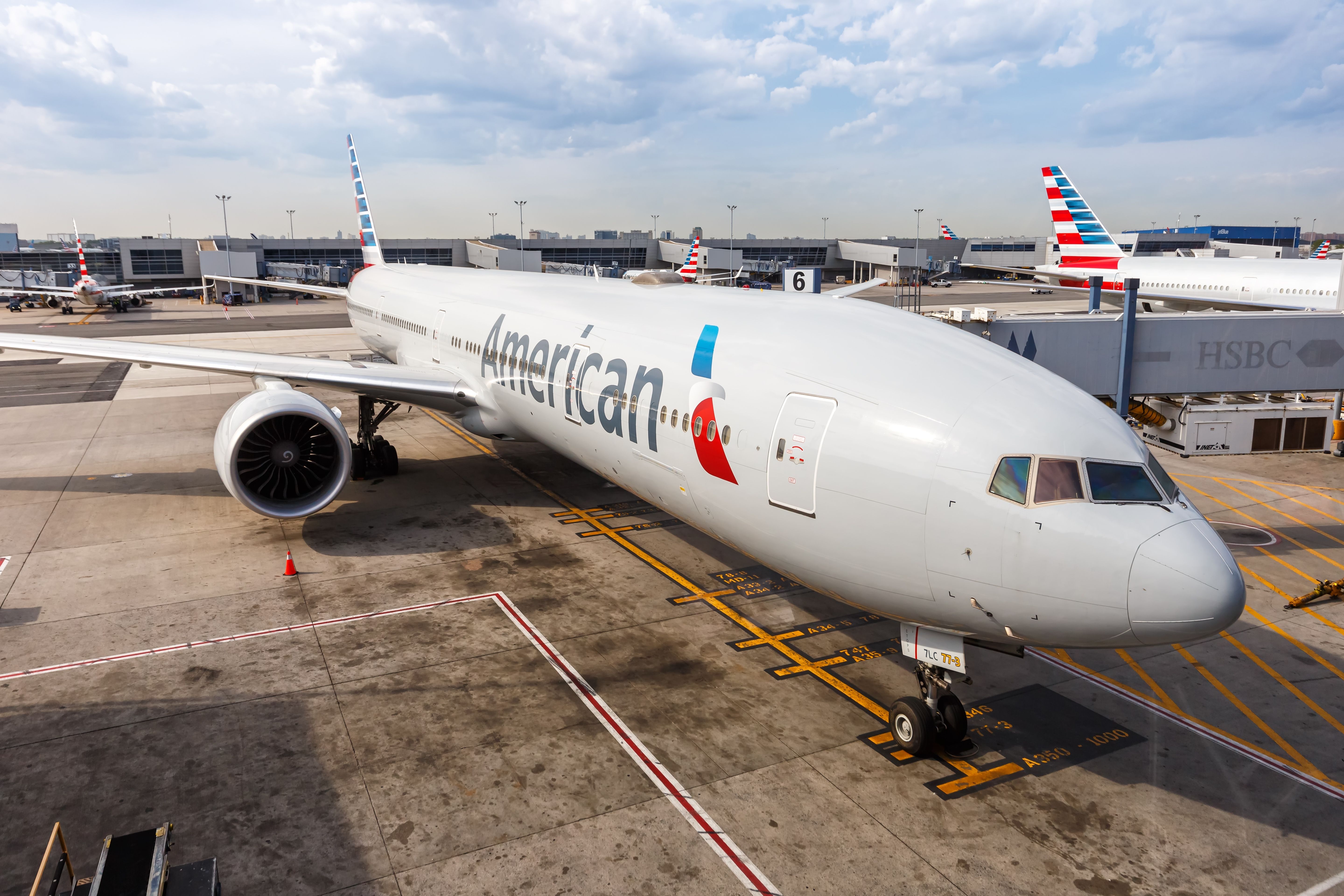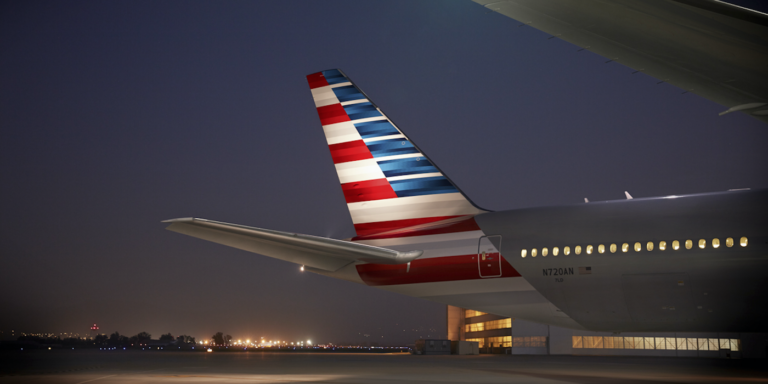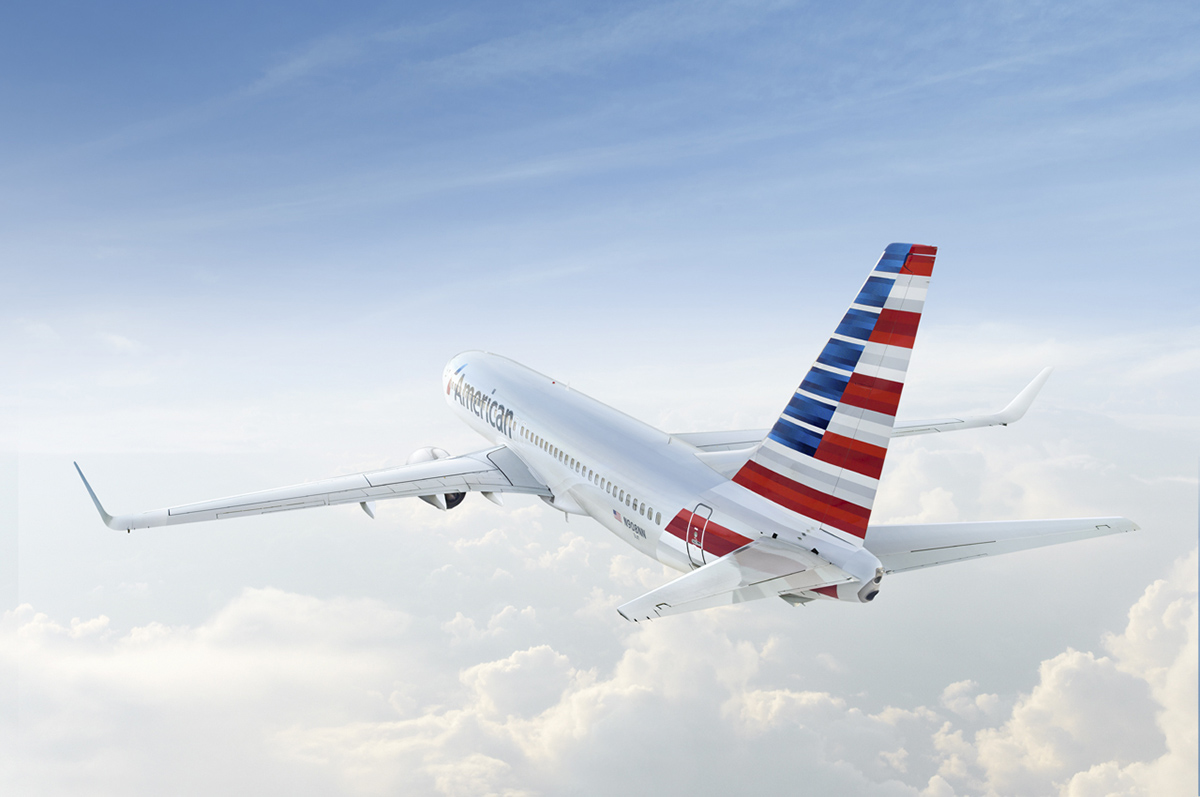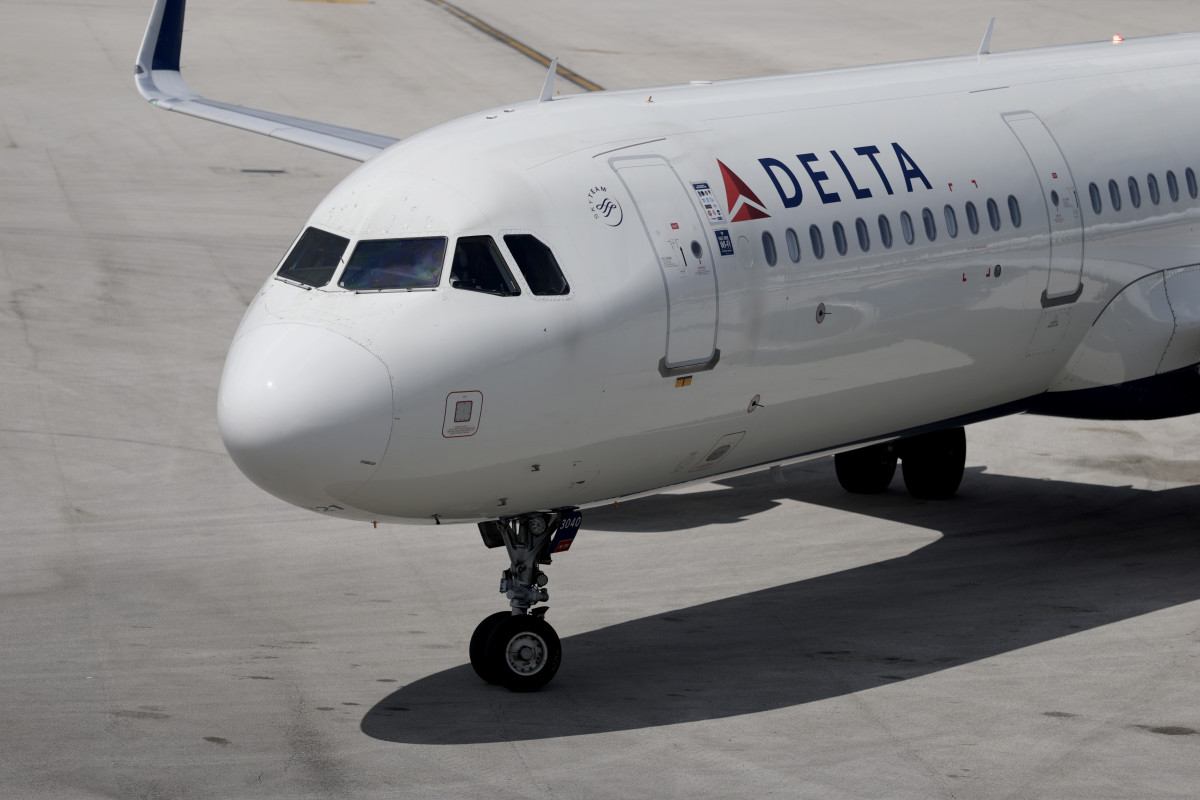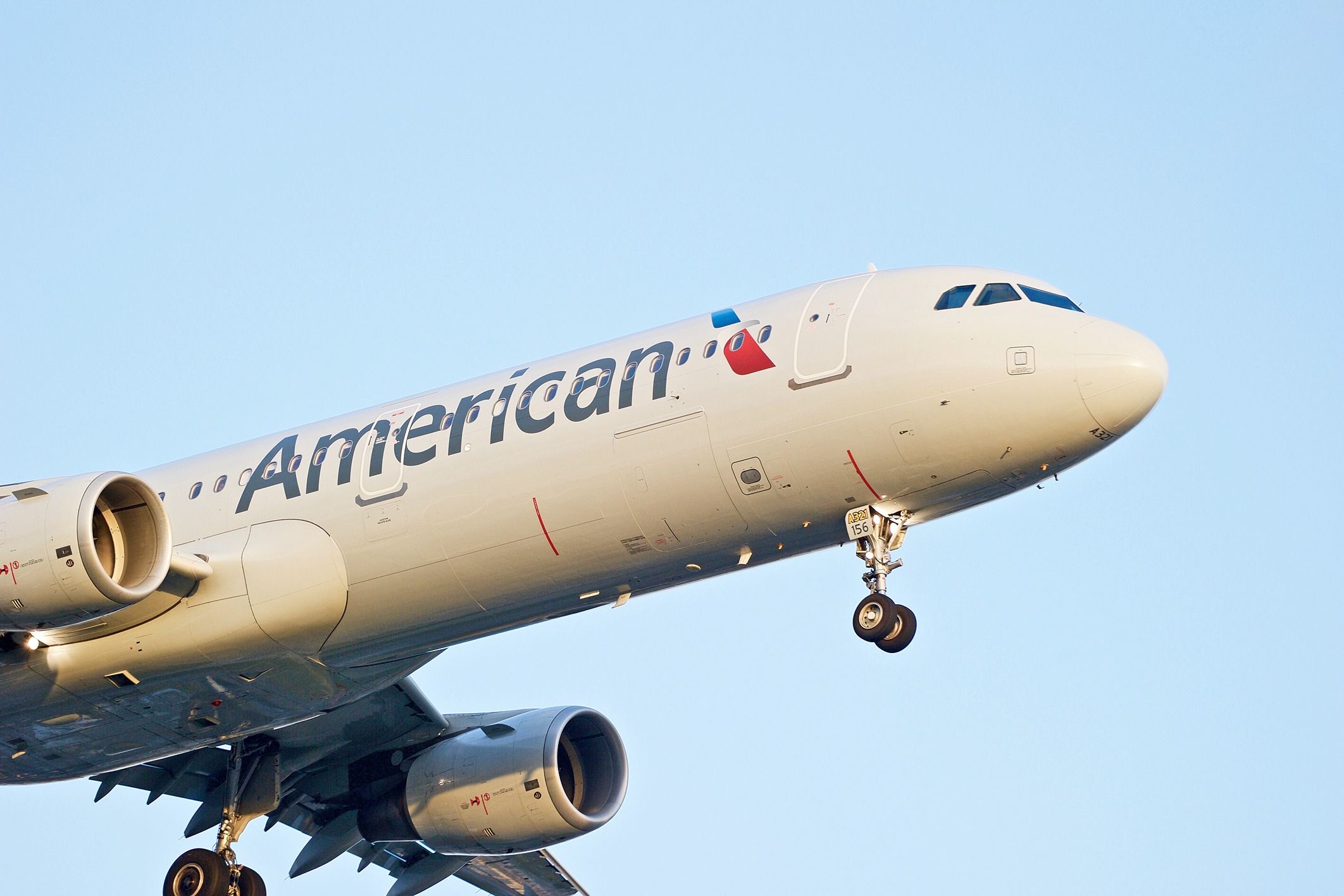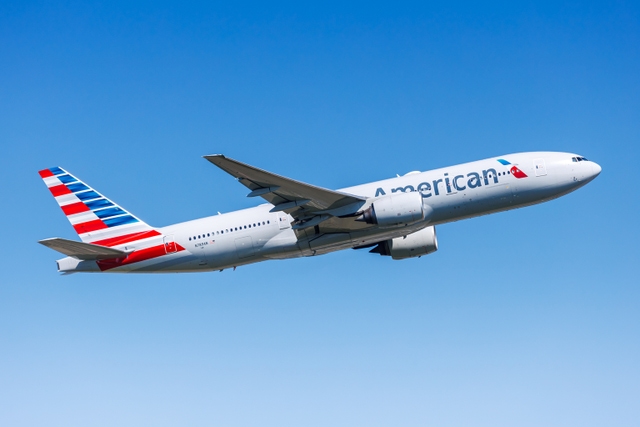American Airlines Withdraws Financial Guidance For 2025

The sun beat down on tarmac, reflecting off the gleaming fuselage of a departing American Airlines flight. Inside, passengers settled into their seats, dreams of vacations and reunions dancing in their minds. Unseen, however, storm clouds were gathering, not in the sky, but in the financial forecast for the airline, casting a shadow of uncertainty on the horizon.
American Airlines has recently made a significant announcement, withdrawing its financial guidance for 2025. This decision, impacting investors and industry analysts alike, signals a period of reassessment amid fluctuating market conditions and evolving economic landscapes within the airline industry.
Background: A Look at American Airlines
American Airlines, a behemoth in the aviation world, boasts a storied history dating back to the 1930s. Over the decades, it has grown into one of the largest airlines globally, transporting millions of passengers and tons of cargo across a vast network of routes.
Its hubs, scattered strategically across the United States and beyond, serve as vital connecting points for both domestic and international travel. The airline's success is intertwined with its ability to adapt to changing consumer demands and economic realities.
However, the airline industry is known for its volatility. Factors such as fuel prices, labor costs, and unforeseen events like pandemics can significantly impact an airline’s profitability and long-term financial health.
The Withdrawn Guidance: What Does It Mean?
Financial guidance is a crucial tool for investors. It provides a company’s perspective on expected future performance, helping investors make informed decisions about buying, selling, or holding stock. When a company withdraws its guidance, it suggests a level of uncertainty or potential volatility that makes accurate forecasting challenging.
In American Airlines' case, the withdrawal of its 2025 financial guidance indicates that the company is facing headwinds that it cannot yet fully quantify. This doesn’t necessarily mean the airline is in dire straits, but it does suggest a need for caution and careful observation.
The specific reasons behind the withdrawal haven’t been explicitly stated, but market observers point to a confluence of factors impacting the airline industry as a whole.
Potential Contributing Factors
Economic Uncertainty: The global economy is currently navigating a period of uncertainty, with fluctuating inflation rates, rising interest rates, and potential recessionary pressures in various regions. These factors can directly influence consumer spending and business travel, impacting demand for air travel.
Fuel Price Volatility: Fuel costs are a major expense for airlines. Sharp increases in jet fuel prices can significantly erode profit margins, especially when airlines are unable to fully pass those costs onto consumers through higher fares.
Labor Negotiations: Airline labor unions are increasingly assertive in demanding higher wages and improved benefits for their members. These negotiations can result in higher operating expenses for airlines, especially if strikes or work slowdowns disrupt flight schedules.
Geopolitical Instability: Global conflicts and geopolitical tensions can significantly impact international travel patterns and cargo routes, creating uncertainty and potentially reducing demand for air travel in affected regions.
Increased Competition: The airline industry is fiercely competitive, with established airlines facing competition from low-cost carriers and emerging players. This competition can put downward pressure on fares and profitability.
Industry Expert Perspectives
Industry analysts are closely watching the situation. Some suggest that American Airlines' decision is a prudent one, reflecting a commitment to transparency and avoiding overly optimistic projections in the face of uncertainty.
Others express concern, highlighting the potential negative impact on investor confidence and the possibility of further volatility in the airline's stock price. "This is a signal to investors that the company is facing significant challenges," noted one analyst from a major financial institution, "and it's essential to carefully assess the risks before making any investment decisions."
Airline industry consultant, Robert Mann, emphasizes the importance of adaptability. “Airlines must be nimble and proactive in managing their costs and revenues to navigate the choppy waters ahead," he remarked in a recent interview.
The Impact on Passengers and Employees
While the withdrawal of financial guidance primarily affects investors, it can also have implications for passengers and employees. Potential cost-cutting measures, such as reducing flight frequencies or deferring fleet upgrades, could impact travel options and passenger comfort.
Employees may experience increased anxiety about job security or potential changes in working conditions. However, American Airlines has a strong track record of working with its employees and unions to navigate challenging situations.
The airline will likely be keen to minimize disruptions to its service and maintain a positive relationship with its workforce, recognizing that both are essential for long-term success.
Looking Ahead: Strategies for Navigating Uncertainty
Despite the challenges, American Airlines has several levers it can pull to navigate the current uncertainty. These include:
Revenue Management: Optimizing pricing strategies to maximize revenue while maintaining competitive fares.
Cost Control: Implementing cost-cutting measures to improve efficiency and reduce operating expenses.
Network Optimization: Adjusting flight schedules and routes to focus on the most profitable markets.
Customer Experience: Investing in initiatives to enhance the passenger experience and build brand loyalty.
Strategic Partnerships: Collaborating with other airlines and industry partners to expand its network and enhance its offerings.
A Note of Optimism
The airline industry has always been subject to cycles of boom and bust. While the withdrawal of financial guidance is a concerning signal, it doesn’t necessarily portend a long-term decline for American Airlines.
The airline possesses considerable strengths, including a strong brand, a vast network, and a dedicated workforce. By proactively addressing the challenges and implementing effective strategies, American Airlines can weather the storm and emerge stronger in the years to come.
The journey ahead may be turbulent, but the spirit of innovation and resilience that has defined American Airlines throughout its history will undoubtedly guide its path forward.

